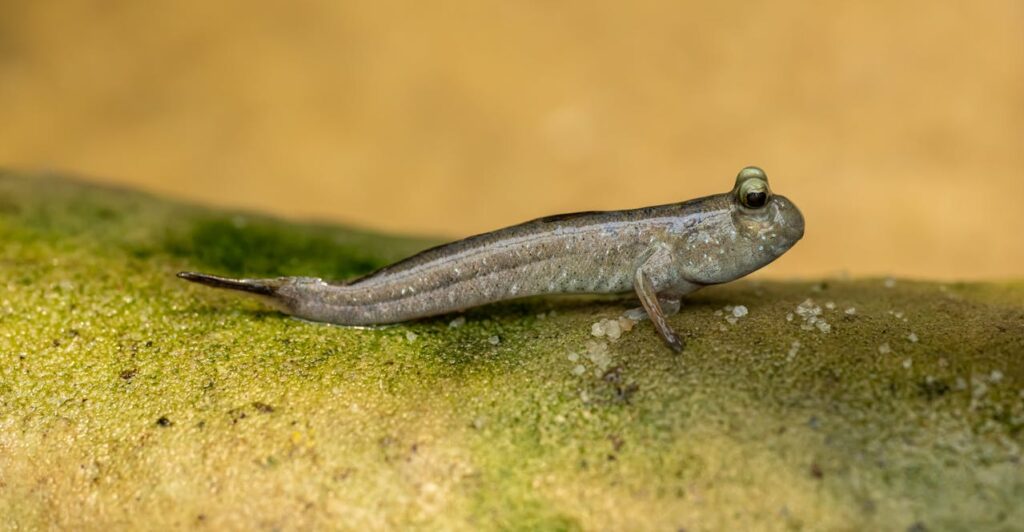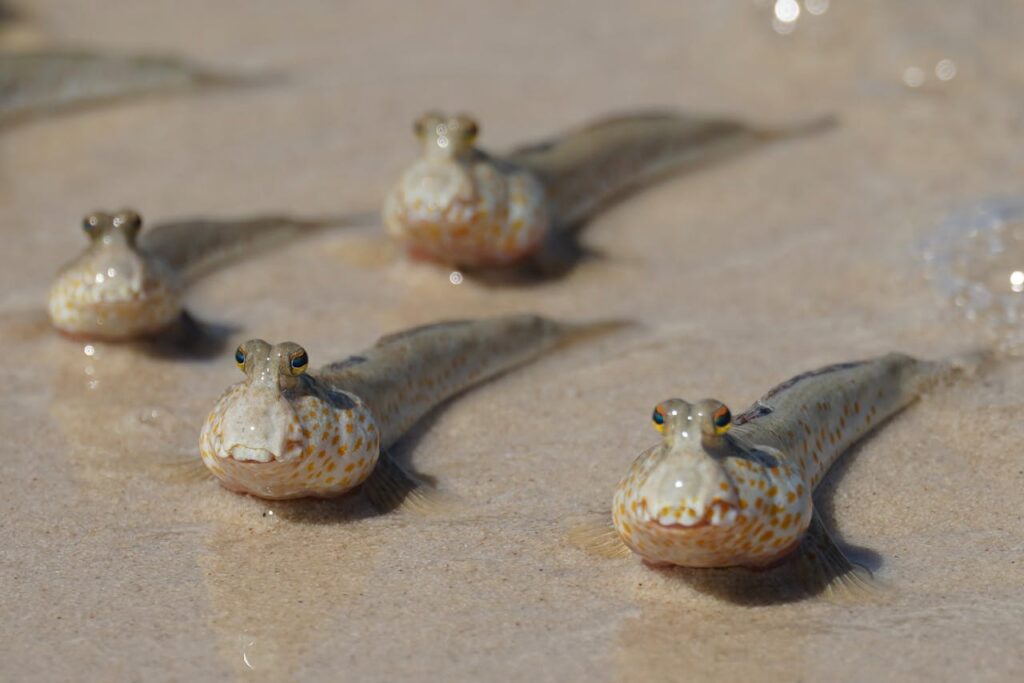Mudskippers might look like ordinary fish at first glance, but they’re one of the most fascinating creatures you’ll find in coastal habitats. Famous for their ability to walk and even “skip” on land, mudskippers have developed some truly unique adaptations that let them thrive where water meets earth. Whether you’re an animal lover, a budding young scientist, or just curious about oddball fish, here are the top 10 interesting facts that will change how you think about mudskippers.
Top 10 Interesting Facts About Mudskippers
1. Mudskippers Spend Most of Their Lives Out of Water
Unlike most fish, mudskippers spend up to three-quarters of their lives on land. They perch on mangrove roots, rocks, and mudflats, foraging for food and interacting with other mudskippers in the open air. This makes them one of the most terrestrial of all fish species—more comfortable on mud than in open water!
2. They Can Walk, Climb, and “Skip”
- Mudskippers have large, muscular pectoral fins shaped like legs, allowing them to walk, climb, and even leap (“skip”) across mud or up mangrove roots.
- These fins help them crawl over slippery surfaces and escape predators quickly.
3. Mudskippers Breathe in Multiple Ways
- Out of water, mudskippers breathe by keeping water trapped in their gill chambers, letting them absorb oxygen as long as their gills stay moist.
- They also absorb oxygen through their skin (like amphibians) and the lining of their mouth and throat.
- This allows them to stay out of water for long periods, even in hot, humid habitats.
4. Their Eyes Are on Top of Their Heads—and Move Independently
- Mudskippers’ eyes sit high on their heads, giving them panoramic vision to spot predators and prey.
- They can move each eye independently, just like chameleons, so they can stay alert while foraging or defending their territory.
5. Mudskippers Are Excellent Burrowers
They dig deep, smooth, and arched burrows in the mud with their mouths, often building protective walls by spitting out scoops of mud. These burrows:
- Provide shelter from predators and extreme temperatures.
- Hold pockets of air, which help them survive when water oxygen levels drop low.
- Are vital for egg laying and development, with males guarding fertilized eggs from danger.
6. Males Put on Energetic Courtship Displays
- Mudskippers are very active and social when on land.
- Males display by undulating their bodies and showing off with impressive jumps and postures to attract females.
- Females lay hundreds of eggs in burrows, which the males then guard until they hatch.
7. They Live in Extreme and Changing Environments
- Mudskippers are found in intertidal zones—areas that are under water at high tide but exposed at low tide.
- They inhabit mudflats, mangrove swamps, estuaries, and lagoons in tropical and subtropical regions around the Indo-Pacific, Africa, and even Australia.
- Some species can tolerate shifts from fresh to brackish to salt water.
8. Mudskippers Use Their “Tongues” to Hunt
- Mudskippers are carnivorous ambush hunters.
- They feed on insects, small crustaceans, and sandworms.
- They create suction to pull food into their mouths, much like a tongue, making them effective hunters both on land and in shallow water.
9. Their Survival Depends on Special Adaptations
| Adaptation | Purpose |
|---|---|
| Moist skin & gill chambers | Breathing air out of water |
| Dorsal eyes | Wide field of vision for predator & prey detection |
| Strong pectoral fins | Locomotion on land |
| Burrow building | Egg protection and refuge |
10. Mudskippers Are Important to Coastal Ecosystems
- They help aerate and mix mud, improving soil conditions for mangrove plants.
- As both predators and prey, mudskippers are key players in the food web.
- In some regions, local people use mudskippers as food, bait, or even for traditional medicine.
Common Questions About Mudskippers
Where Do Mudskippers Live?
You’ll find mudskippers in tropical and subtropical coastal habitats across the Indo-Pacific region, West Africa, Japan, Australia, and the Philippines. Their favorite homes are muddy estuaries, mangrove swamps, and tidal flats.
Are Mudskippers Fish or Amphibians?
Mudskippers are fish with extraordinary amphibious abilities. They belong to the goby family but are unique for their ability to live and move freely on land.
How Do Mudskippers Dig Their Burrows?
They scoop mud with their mouths and deposit it to build walls and tunnels. The burrow’s shape helps them trap air and keep eggs safe from predators and harsh conditions.
Are They Endangered?
Most mudskipper species are not endangered, though habitat loss and environmental change can threaten their populations. Some, like the Dwarf Indian Mudskipper, are considered “data deficient,” meaning we need more research to know their conservation status.
Do Mudskippers Really Walk?
Yes! Their pectoral fins act like tiny limbs, helping them crawl, climb, and even leap short distances on land.



